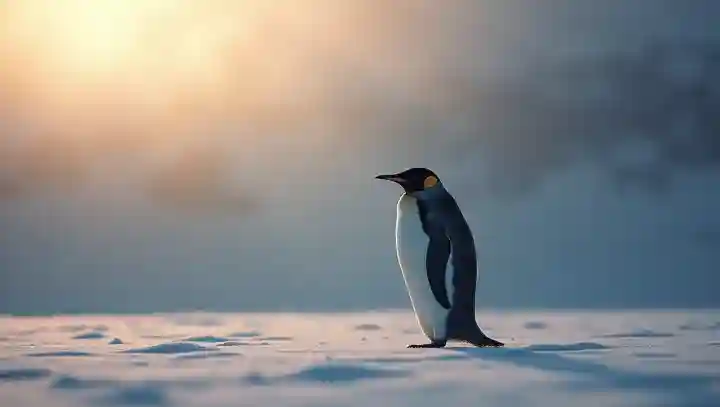
Along the icy shores of Antarctica, a unique natural spectacle unfolds as penguins exhibit a distinctive coloration pattern that closely resembles a Western gentleman dressed in a tuxedo. This visual similarity stems from the penguin's counter-shaded black and white plumage, a biological adaptation serving multiple ecological functions. According to marine biologist Dr. James Carter from the Polar Research Institute of Wellington, this tuxedo-like appearance is an evolutionary strategy providing effective camouflage. The black dorsal side blends with the dark ocean depths when viewed from above, while the white ventral side merges with the brighter sea surface when seen from below, helping penguins evade predators. This resemblance captures public imagination worldwide, inspiring media portrayals that anthropomorphize penguins as refined and dignified beings. Cultural references often highlight their formal attire-like looks, sparking curiosity and enhancing conservation messages by engaging audiences emotionally. Recent photographic exhibitions in London and New York have spotlighted this elegant convergence of nature and human fashion symbols, emphasizing how wildlife can influence artistic expression and public awareness on environmental protection. The tuxedo-wearing penguin remains a compelling emblem of nature's intricate design and evolutionary ingenuity.